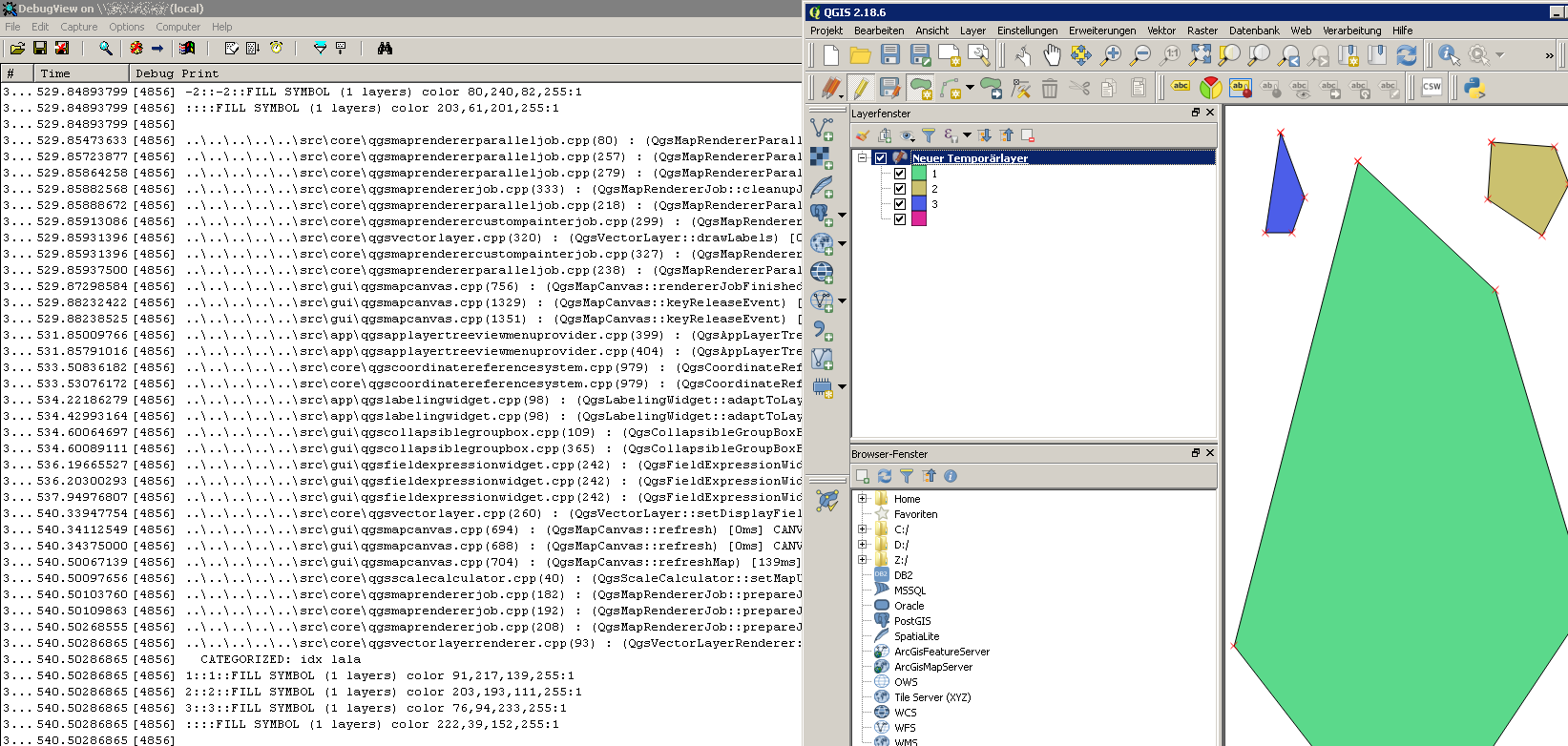There are lots of posts to do with QGIS crashing; they tend to deal with specific instances and conditions.
But this has led me to want to know what is a crash minidump?
What is happening, is there a simple answer?
The background leading up to this is that I have a user that has a crash minidump every time that they close QGIS (2.14.9), even though many others are using the same version, on exactly the same machines, of the same age and make without issue.
Then myself, using QGIS 2.16 , I was testing out an answer from Merging attribute and geometric features in QGIS? it gave me a crash minidump each time I tried dissolve vectors. So I decided to uninstall 2.16, and install 2.18
But before I did this I looked for information on crash minidump and yes, the main accepted advice, which works, is to Delete C:\users\name.qgis2 before re-installing
But what is a crash minidump, what’s happening?
Edit added
The user mentioned above, after a of week of no crash mini dump's, is again reporting that the issue is back. Again every time they close QGIS?
What actually causes QGIS to crash? Could it be a hardware issue possibly?




